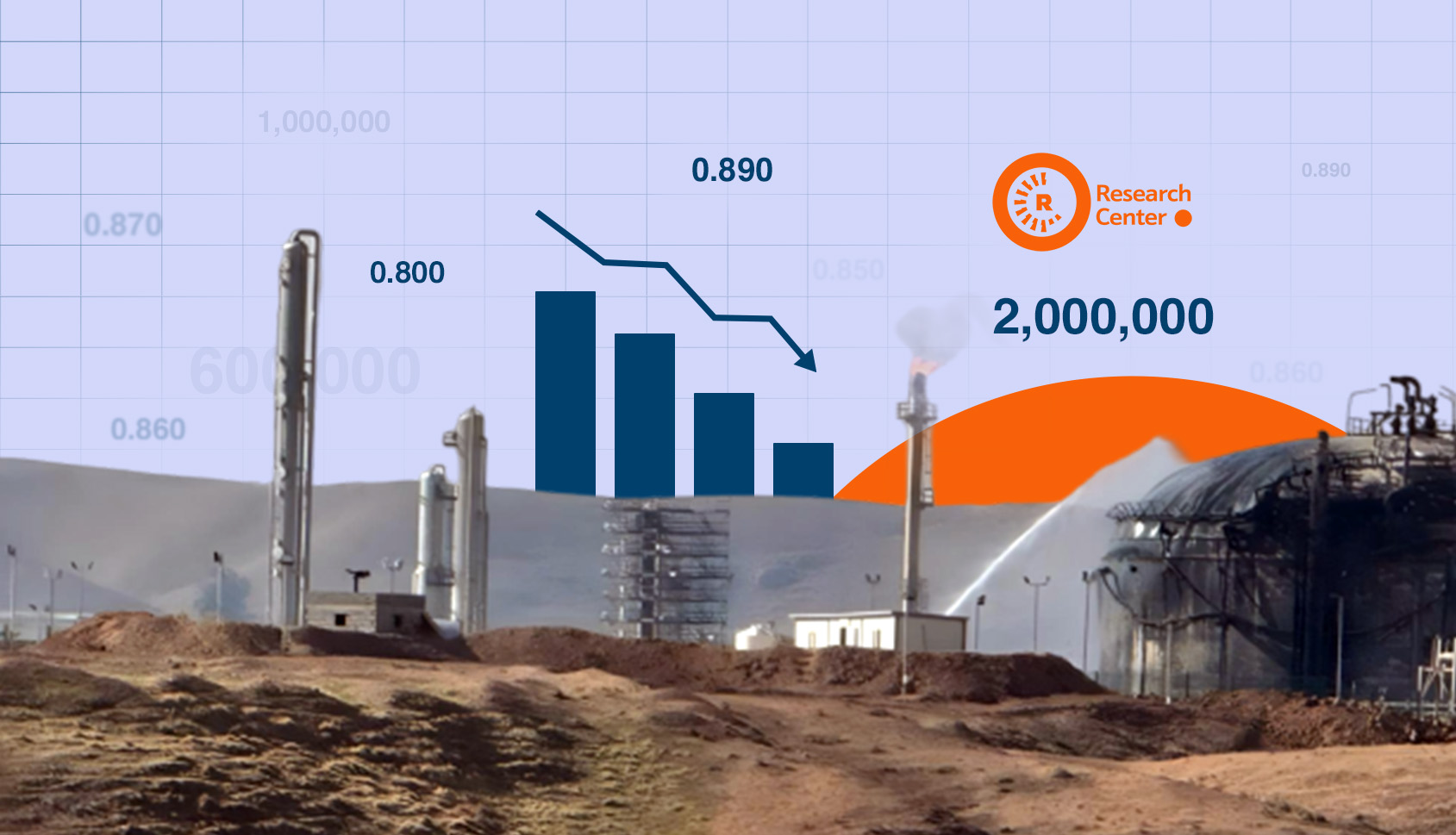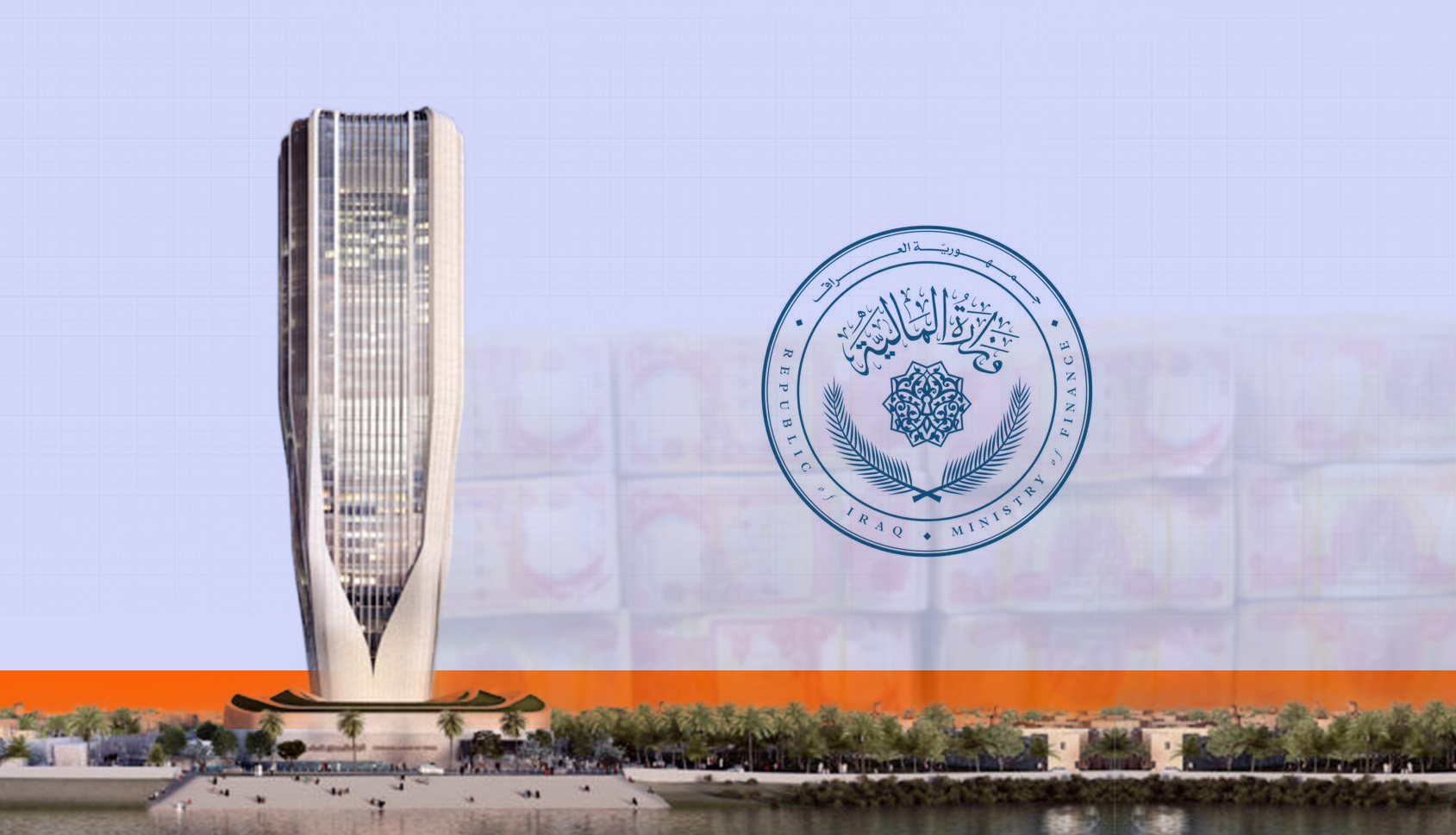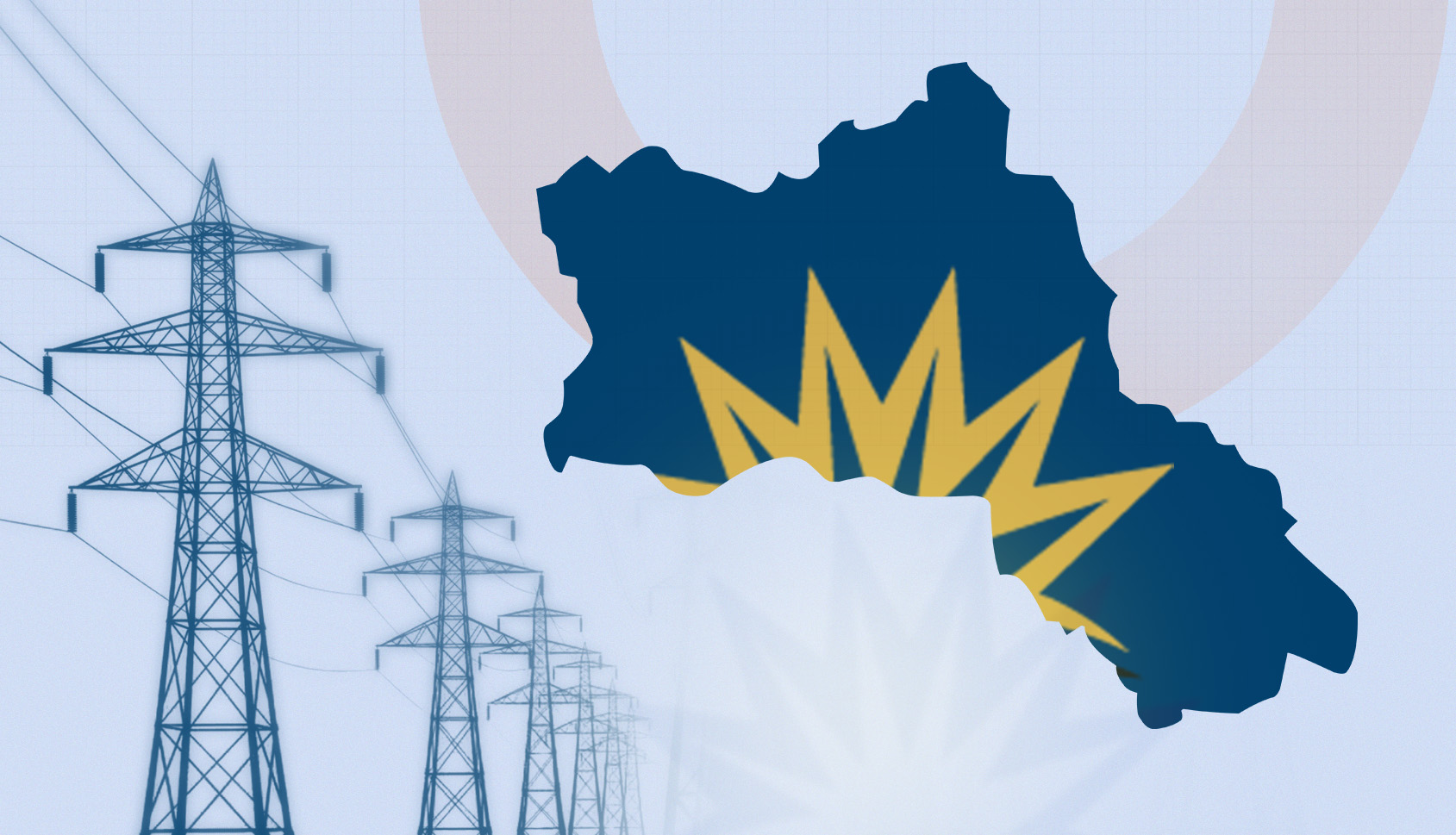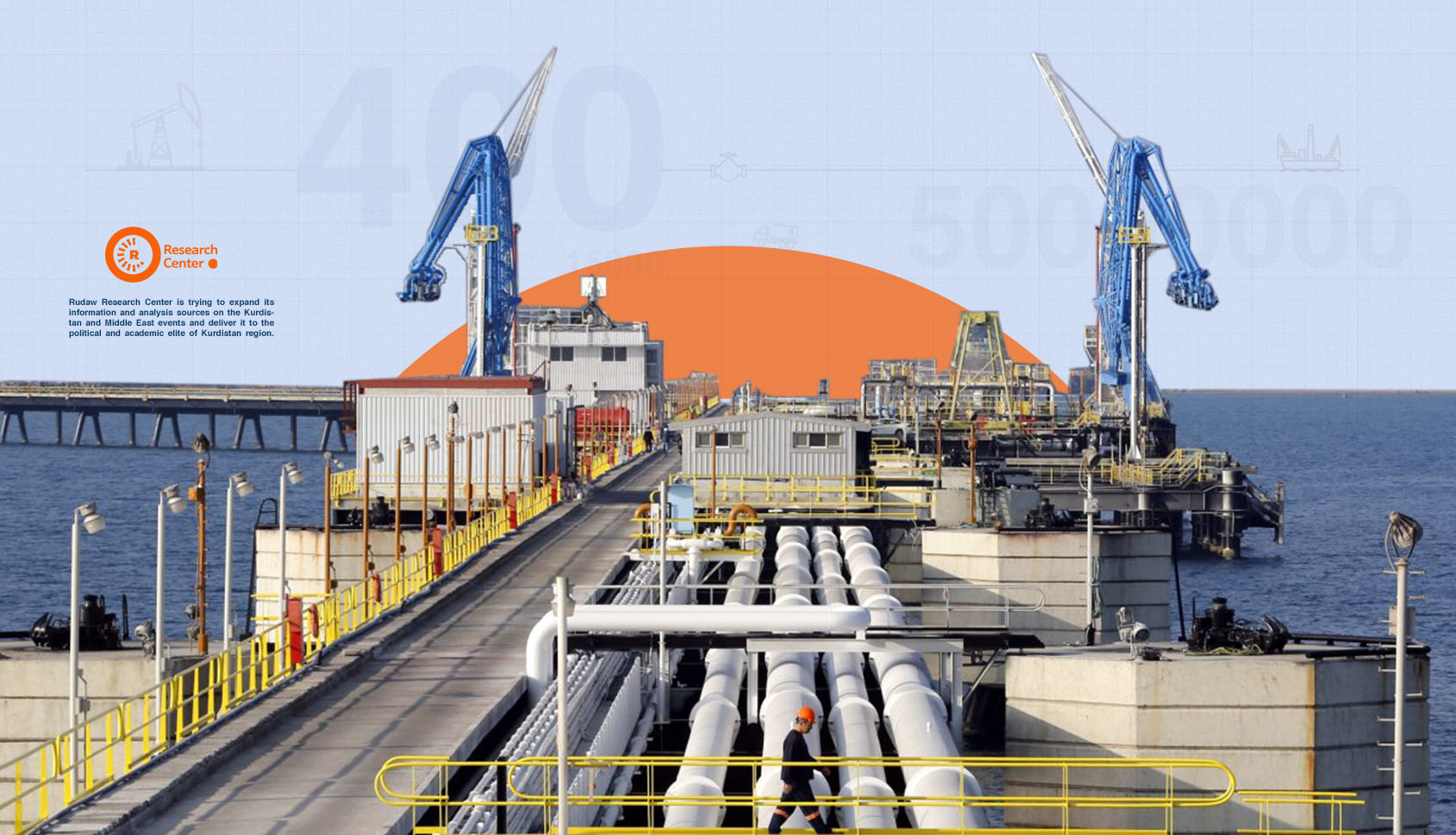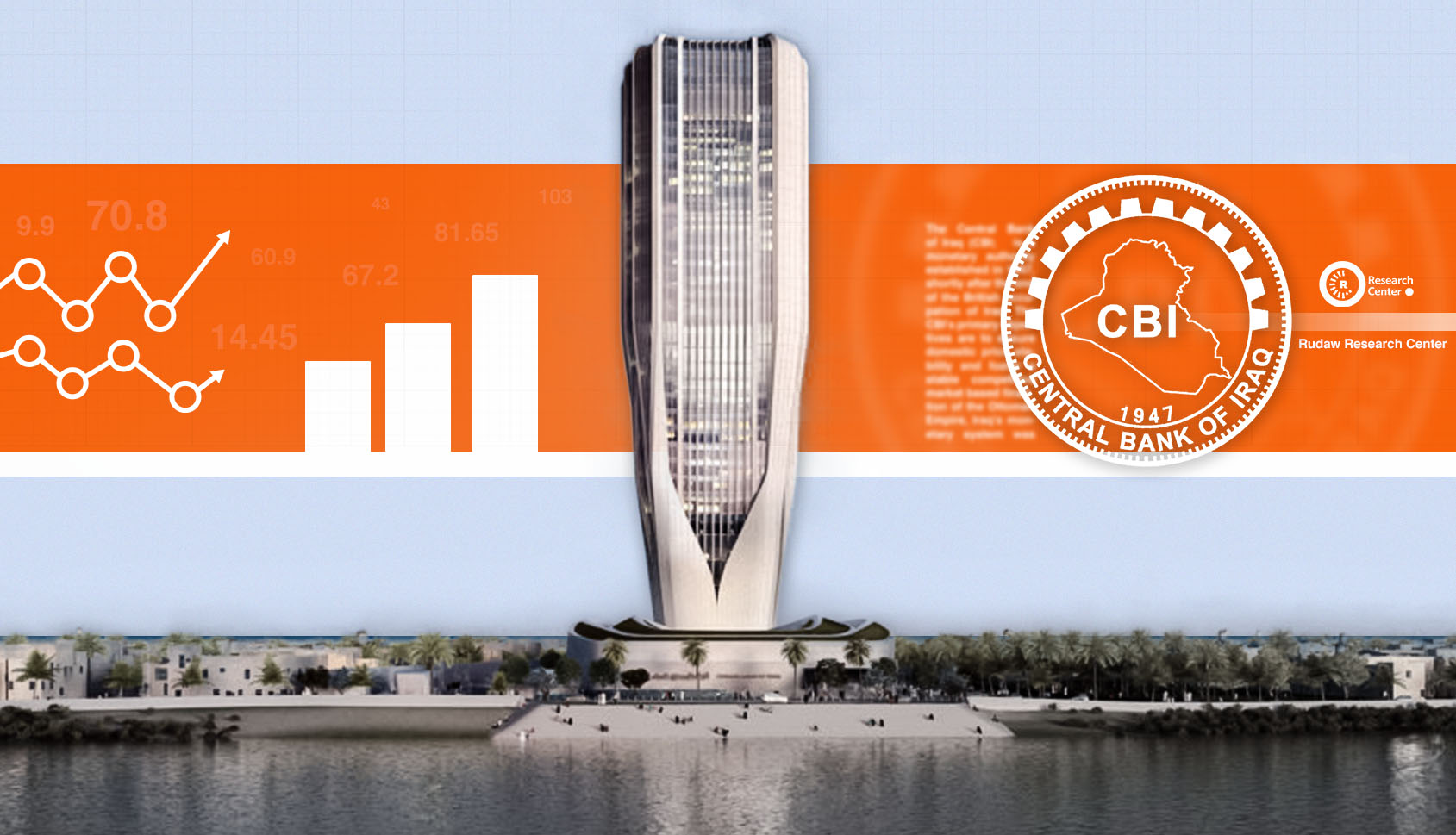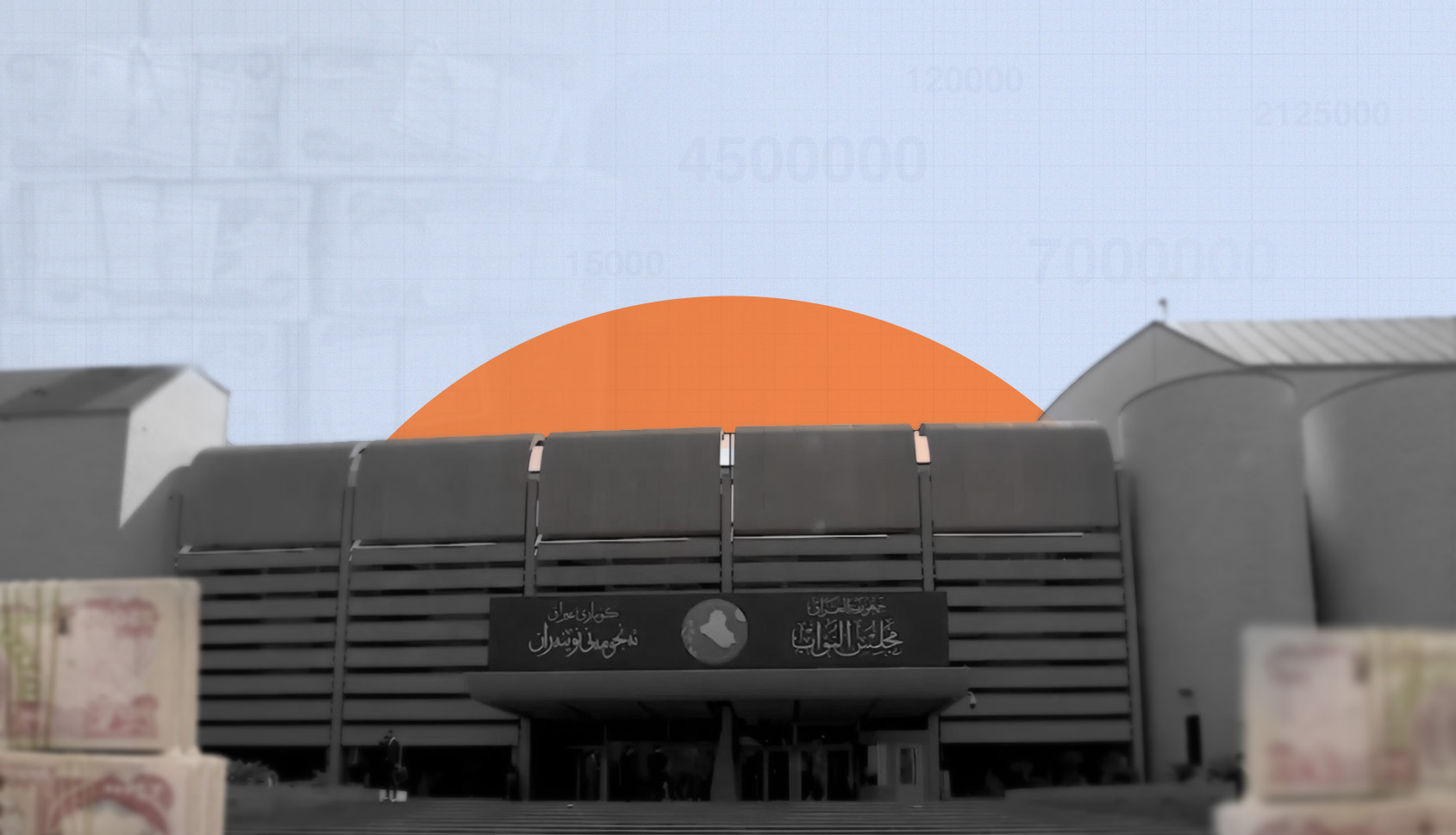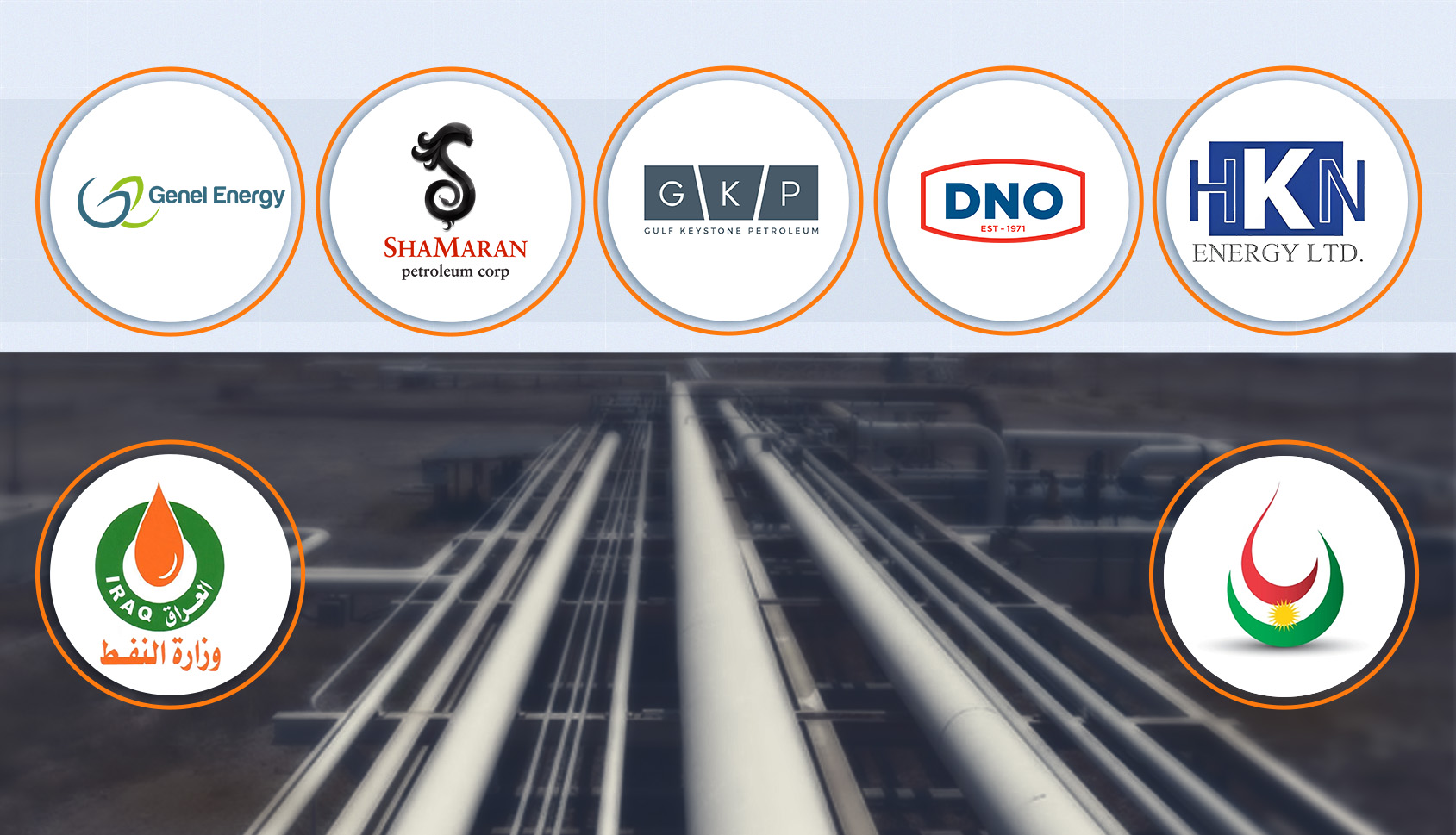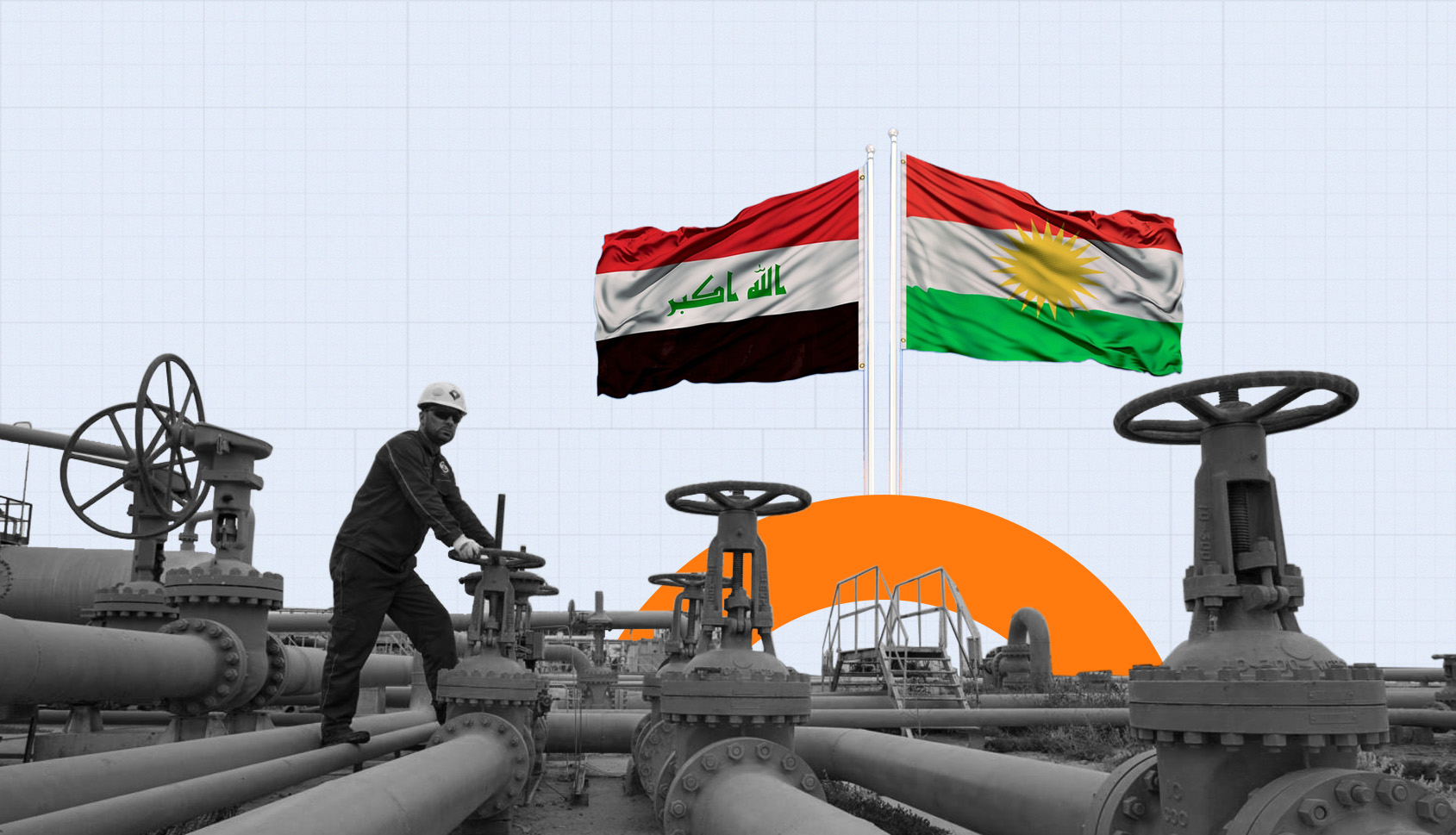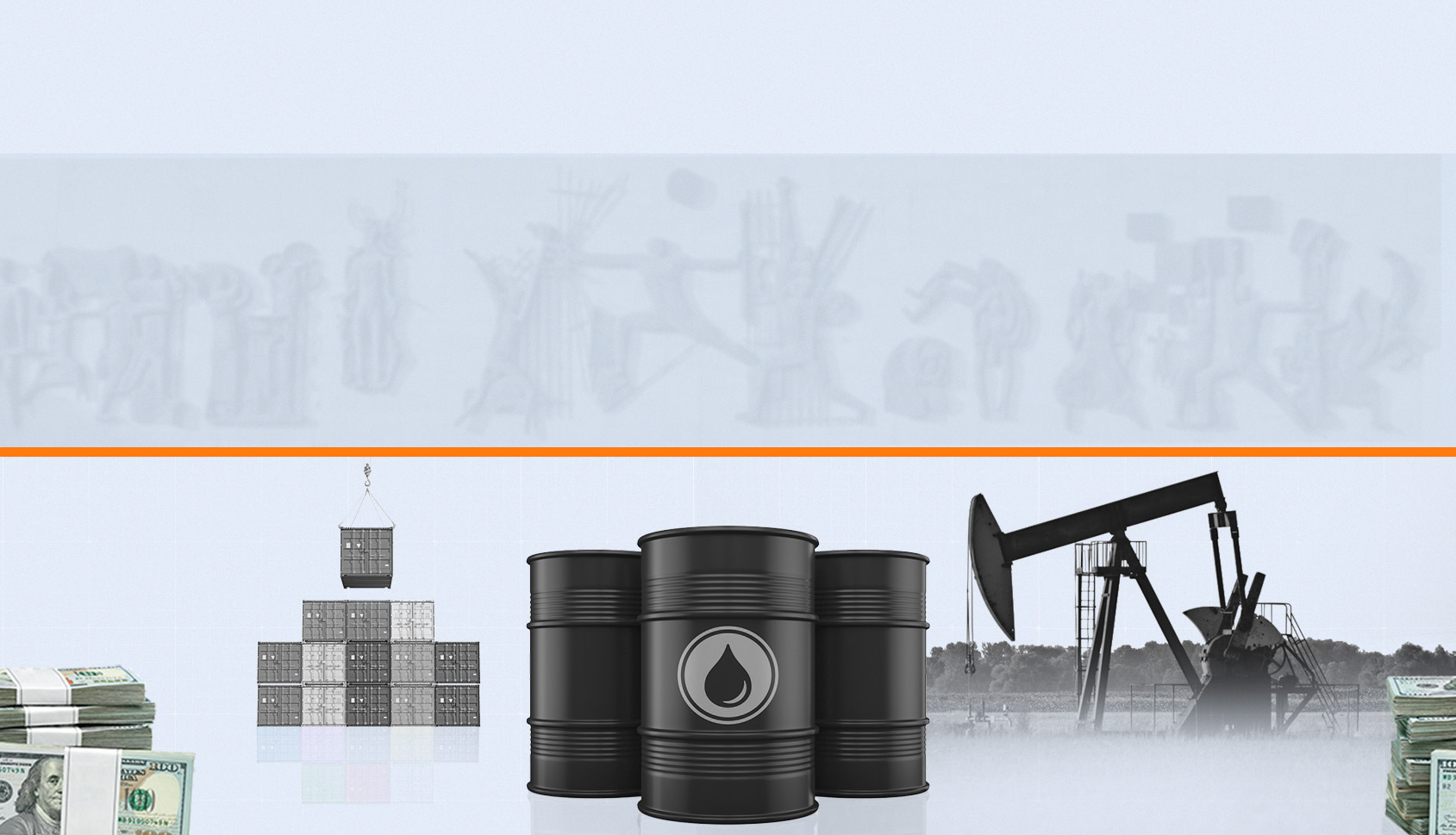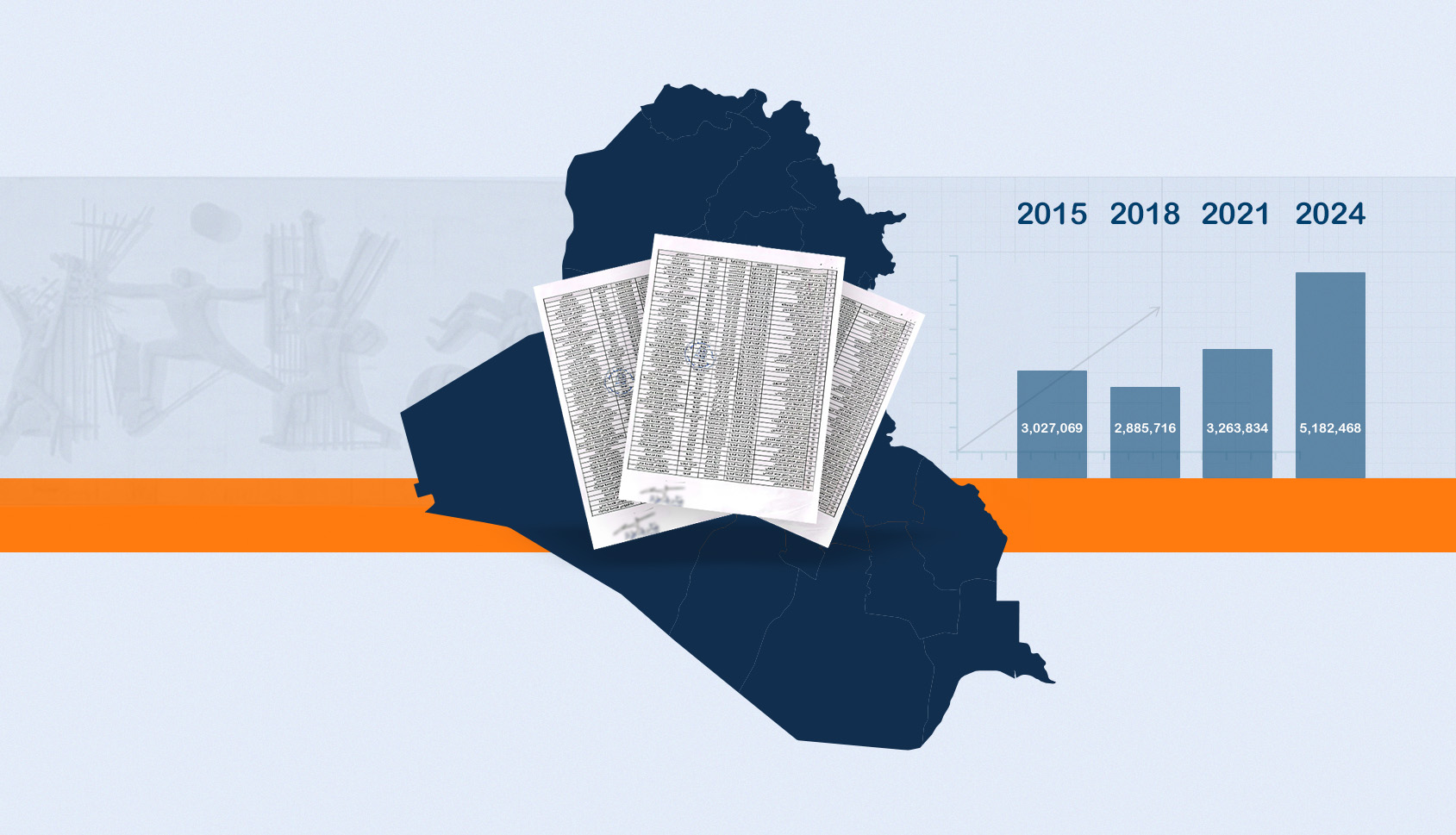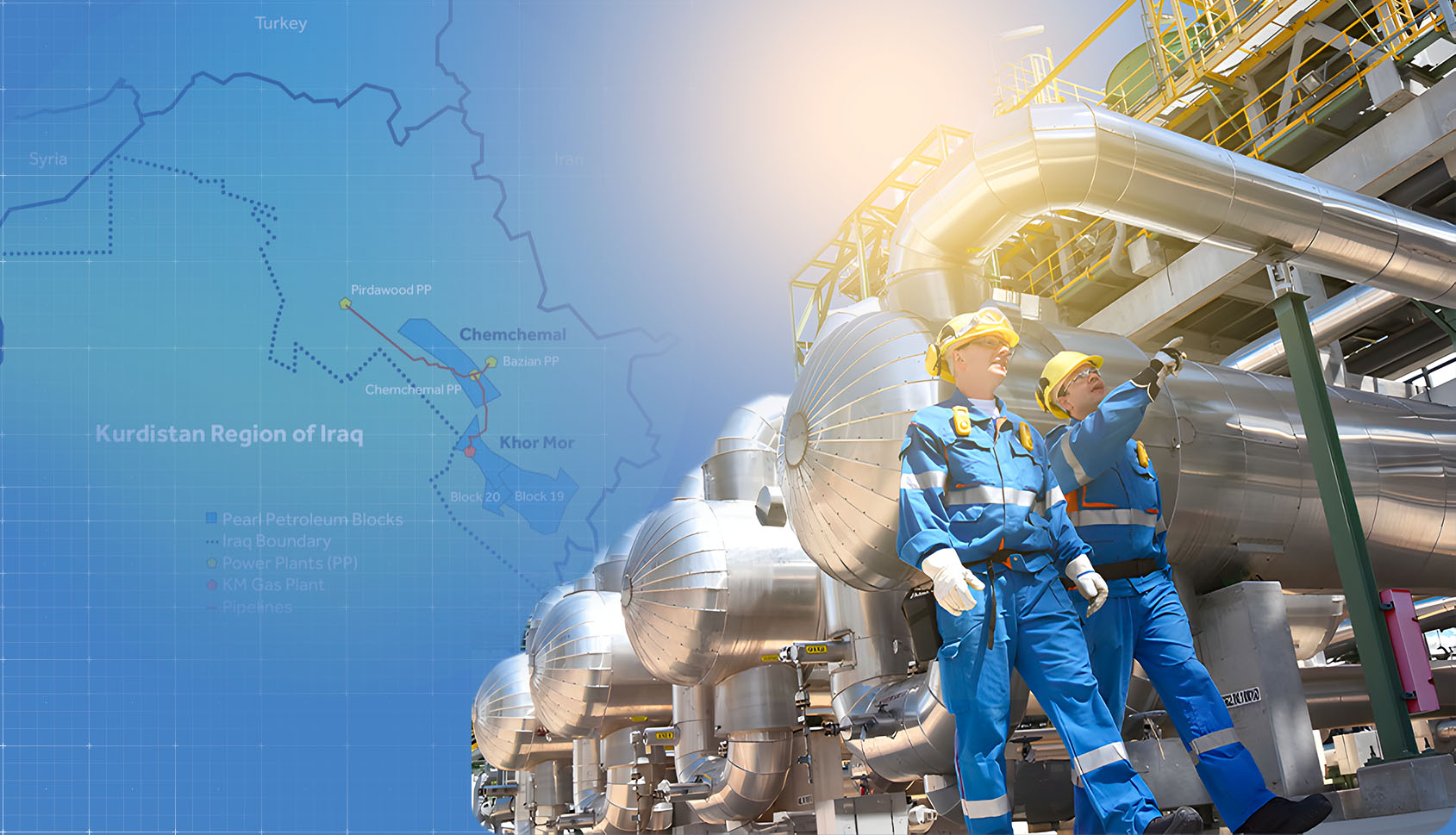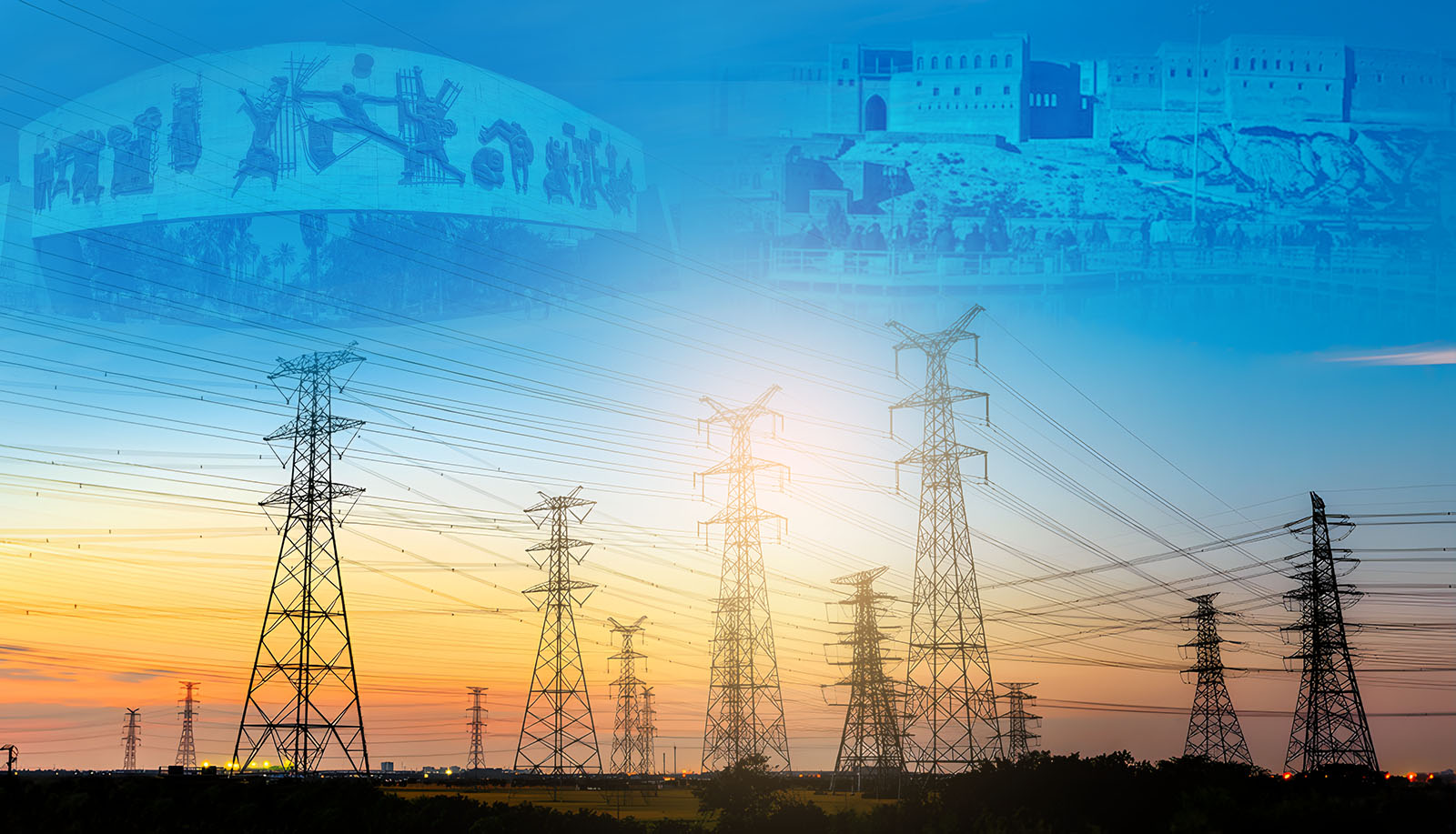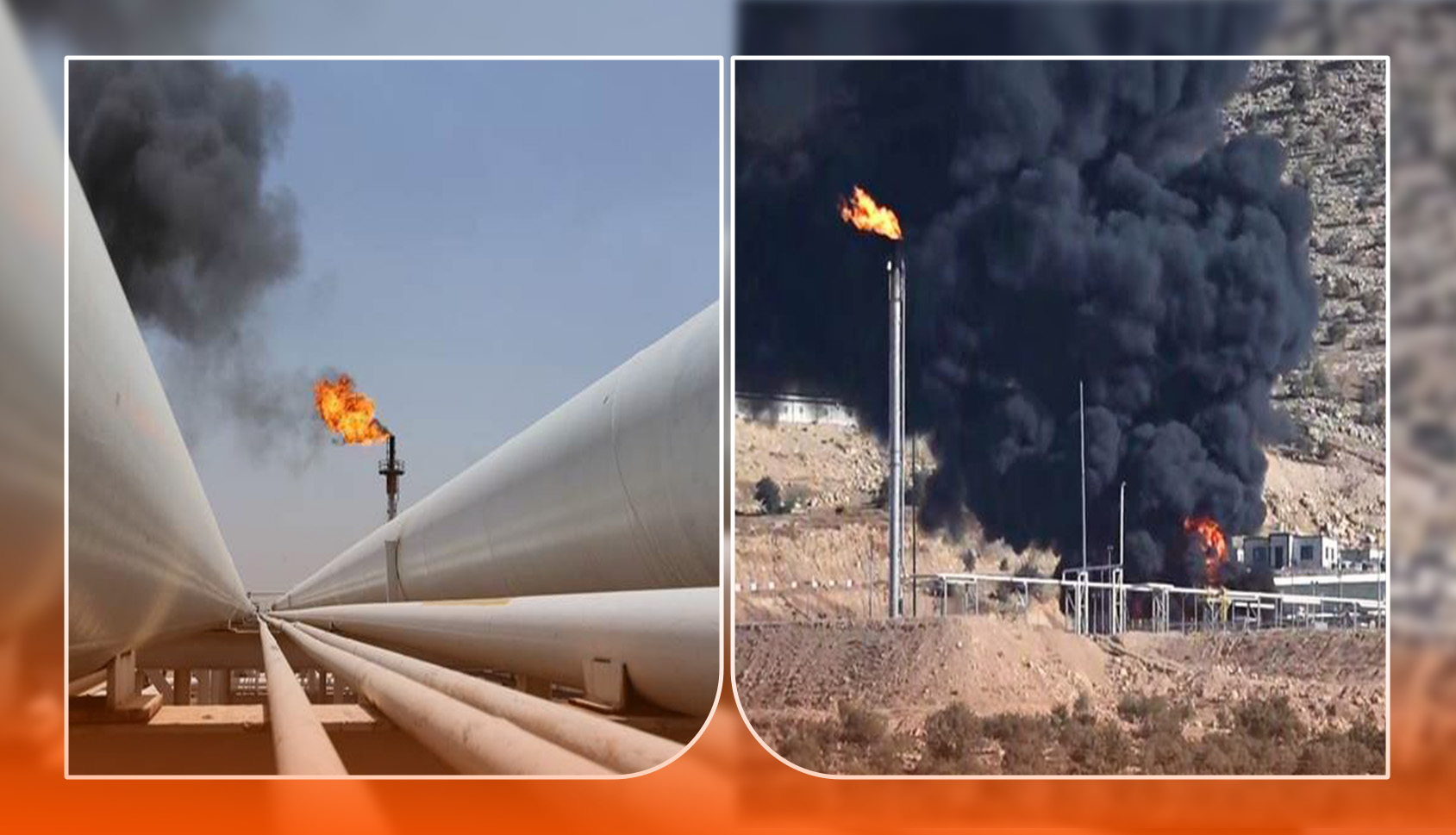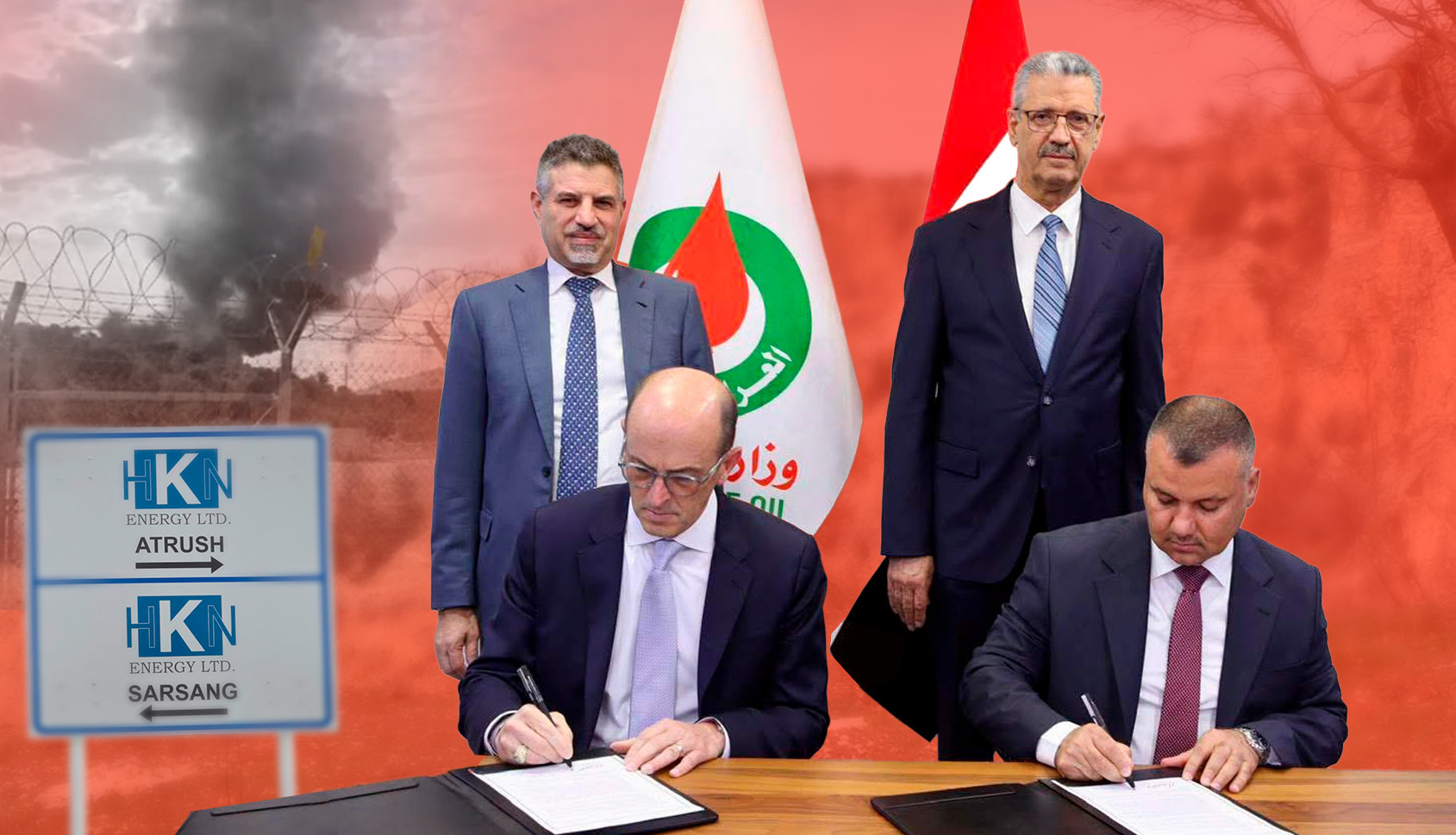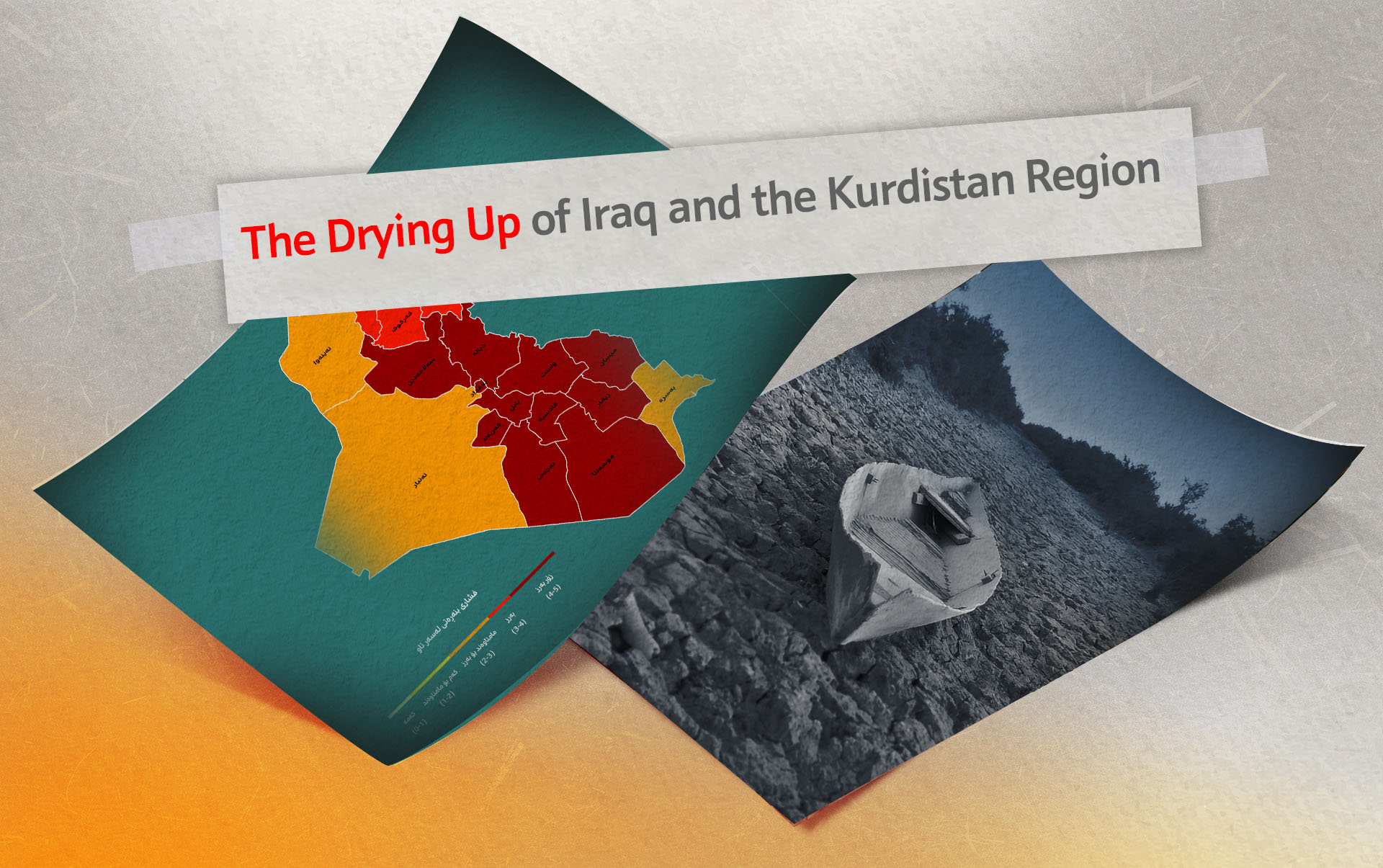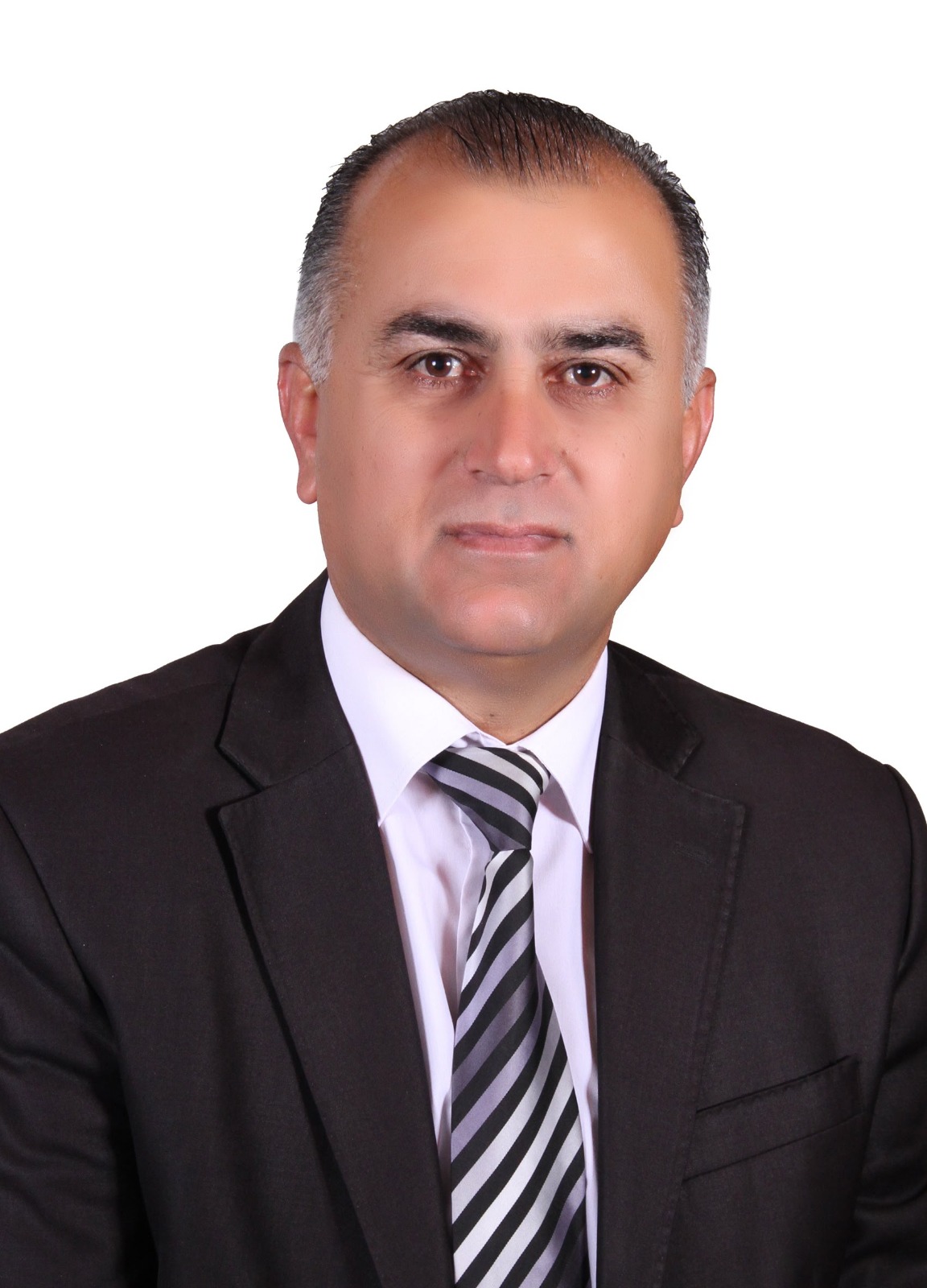Khor Mor LPG Facility Attack: Impacts and Energy Security Options for the Kurdistan Region

The rocket attack on the Khor Mor gas field on the night of 26 November 2025 caused the explosion of the facility’s newest 65,000-barrel liquefied petroleum gas (LPG) storage tank and brought to a halt the flow of natural gas that generates nearly 80 percent of the Kurdistan Region’s electricity, in addition to supplying 1,200 megawatts of power to Iraq. The damage extends far beyond the millions of dollars lost in the destruction of the facility or the widespread blackout across the Kurdistan Region. This incident will have both immediate and long-term consequences for the oil and gas sectors of the Kurdistan Region and Iraq more broadly.

